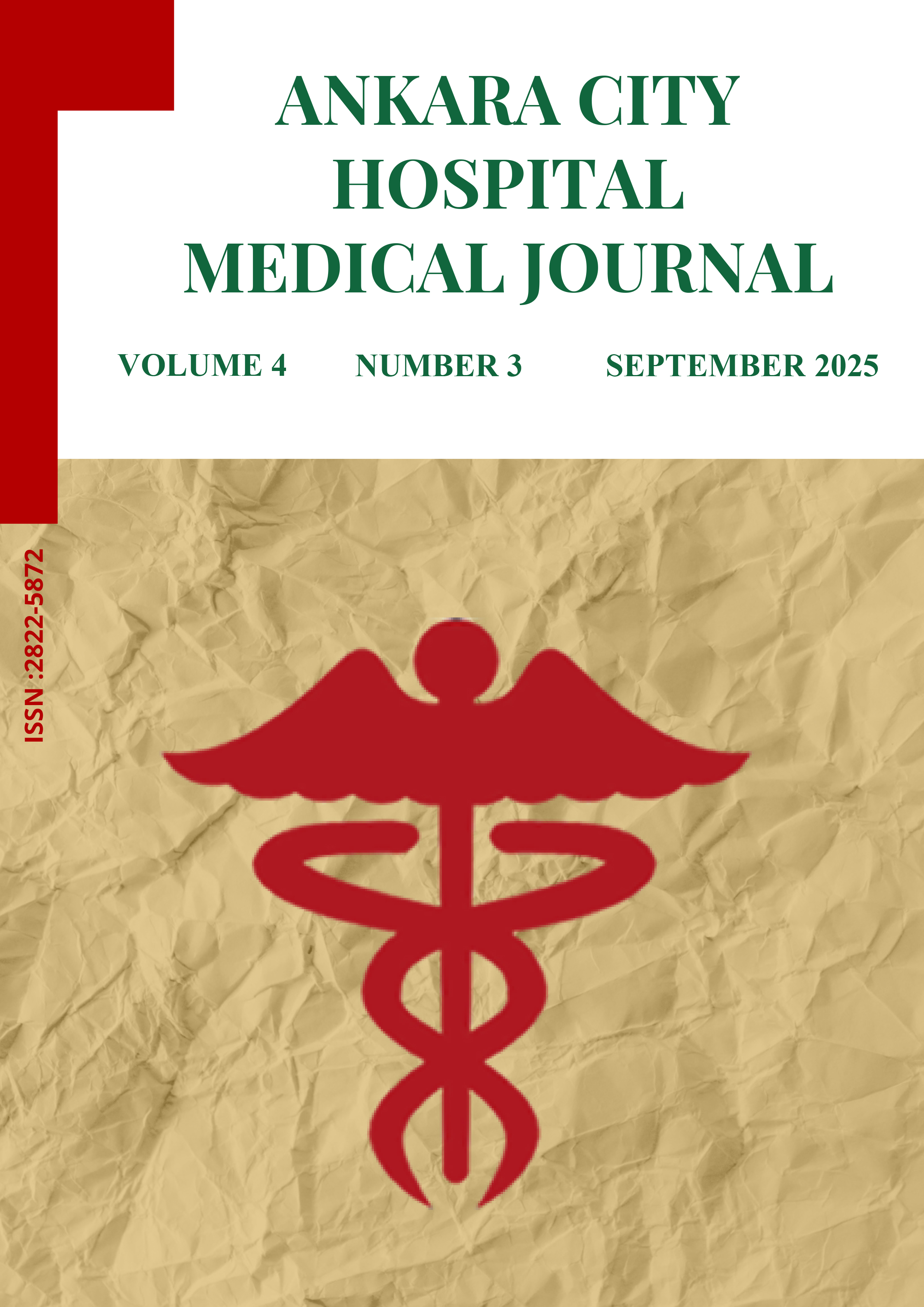
Investigation of Prohibitin Levels in Preeclampsia Cases: A Case Control Study from a Tertiary Hospital
Hasan Burak Keser1, Funda Gülcü Bulmuş2, Salih Burcin Kavak3, Ebru Celik Kavak41Turkish Ministry of Health, Elazığ Fethi Sekin City Hospital,department of Obstetrics and Gynecology2Balıkesir University, Faculty of Health Sciences, Departmant of Nutrition and Dietetics
3Turkish Ministry of Health, Medical Faculty Hospital of Fırat University, Department of Obstetrics and Gynecology
4Kavak Medical Center of Obstetrics and Gynecology
INTRODUCTION: To evaluate the relationship between the effects of prohibitin at the cellular level and the pathophysiology of preeclampsia.
METHODS: This study included a total of 120 patients who presented to our clinic at 20–41 weeks of gestation. The participants were divided into three groups: 40 pregnant women with preeclampsia with severe features, 40 pregnant women with preeclampsia, and 40 healthy pregnant women. To measure serum prohibitin levels, 10 cc of venous blood was collected from each participant, and comparisons were made between the groups.
RESULTS: Serum prohibitin levels were significantly higher in pregnant women with preeclampsia with severe features and preeclampsia compared to the control group (p<0.001 for both).
DISCUSSION AND CONCLUSION: Prohibitin levels were found to be significantly increased in pregnant women with preeclampsia with severe features and those with preeclampsia compared to healthy pregnant women, suggesting that prohibitin may serve as a marker of preeclampsia.
Keywords: Prohibitin, Preeclampsia, Pregnant, Oxidative stress, Apoptosis
Manuscript Language: English
(186 downloaded)









